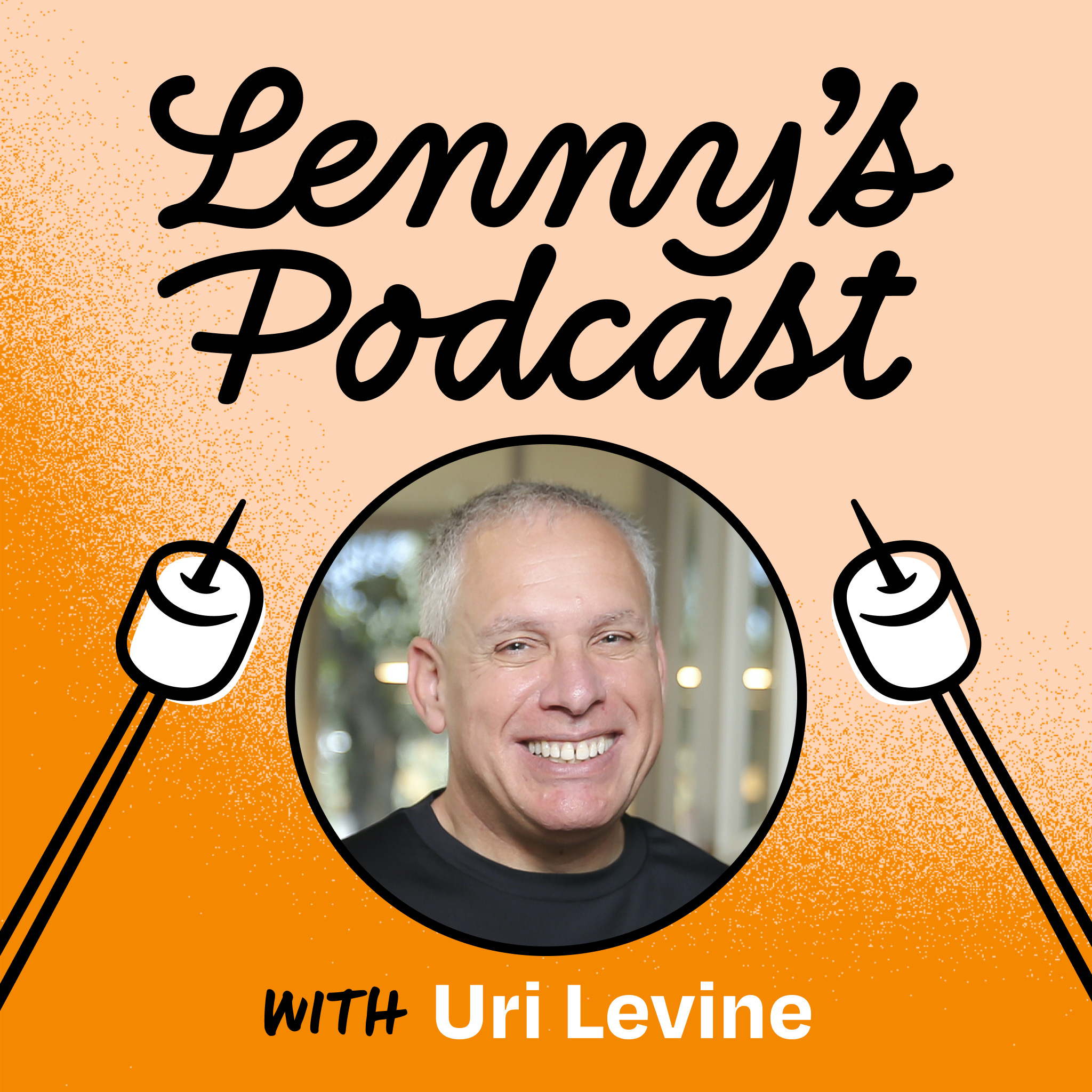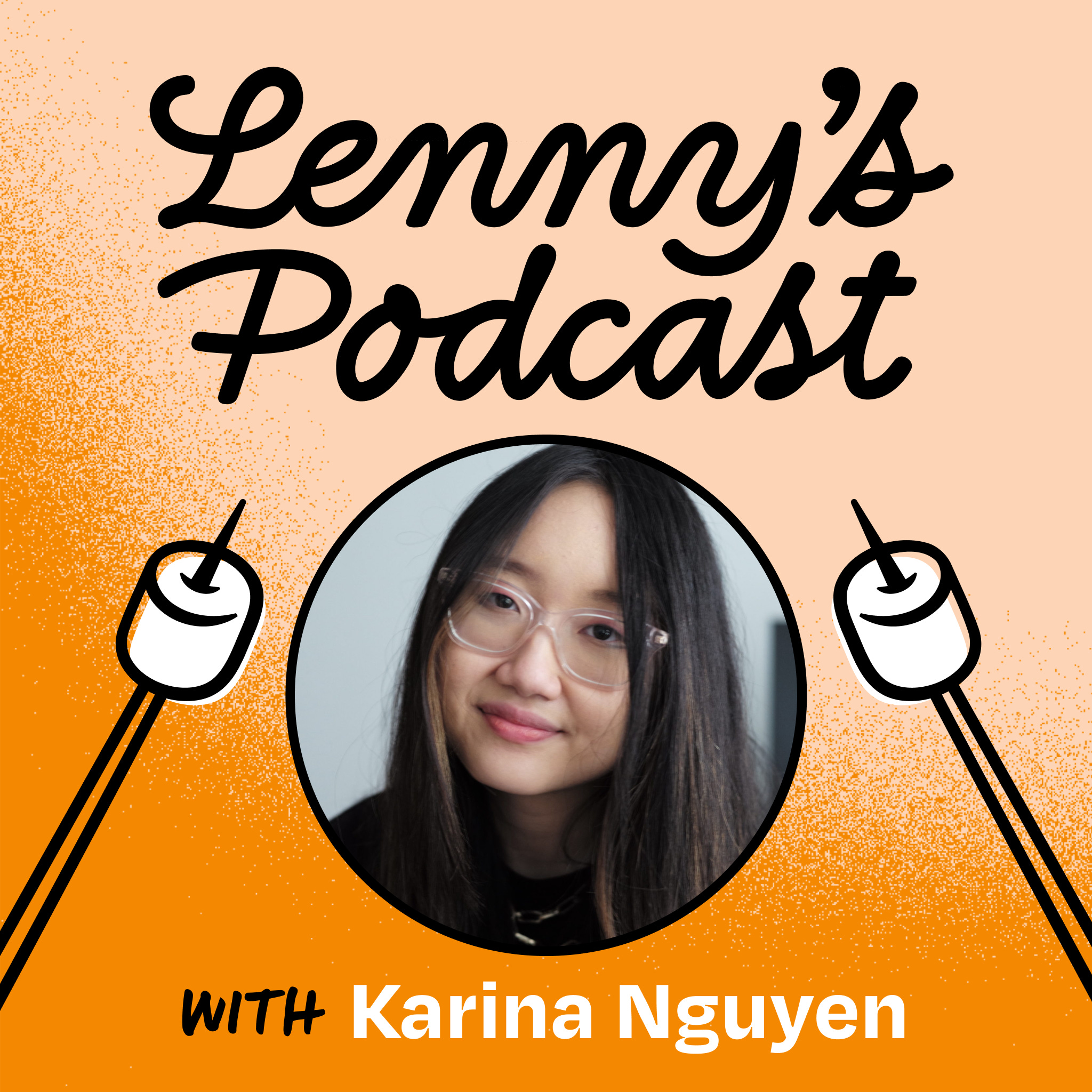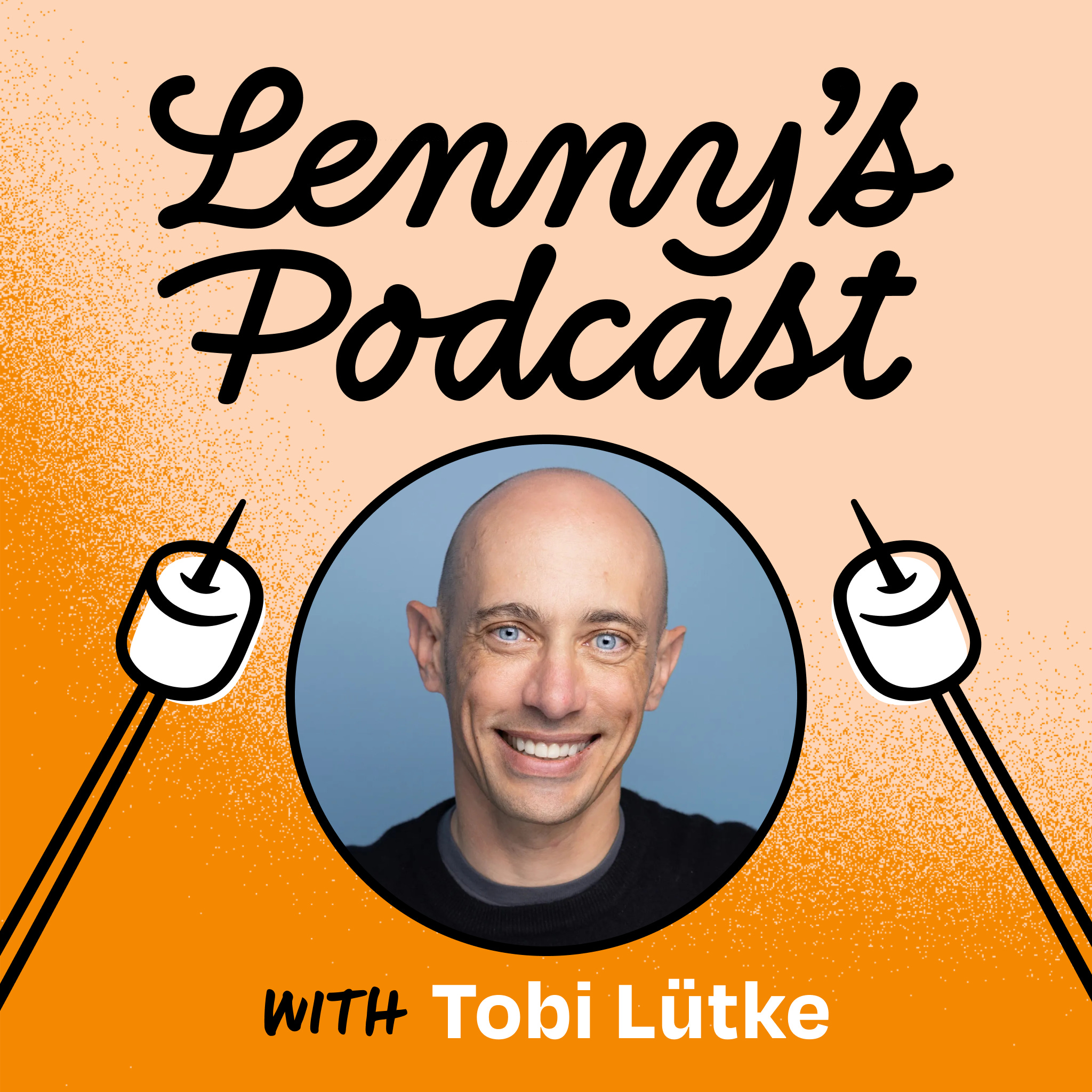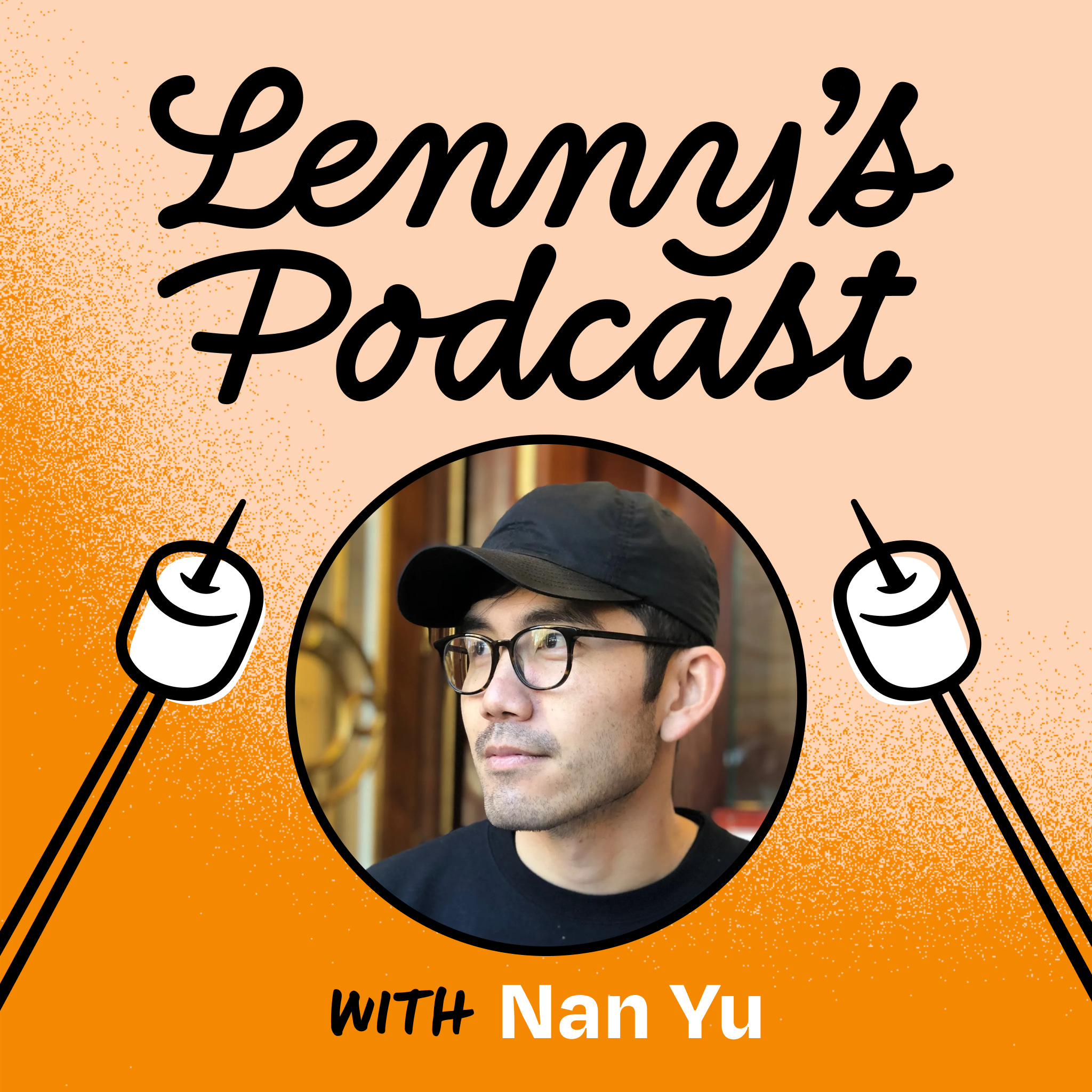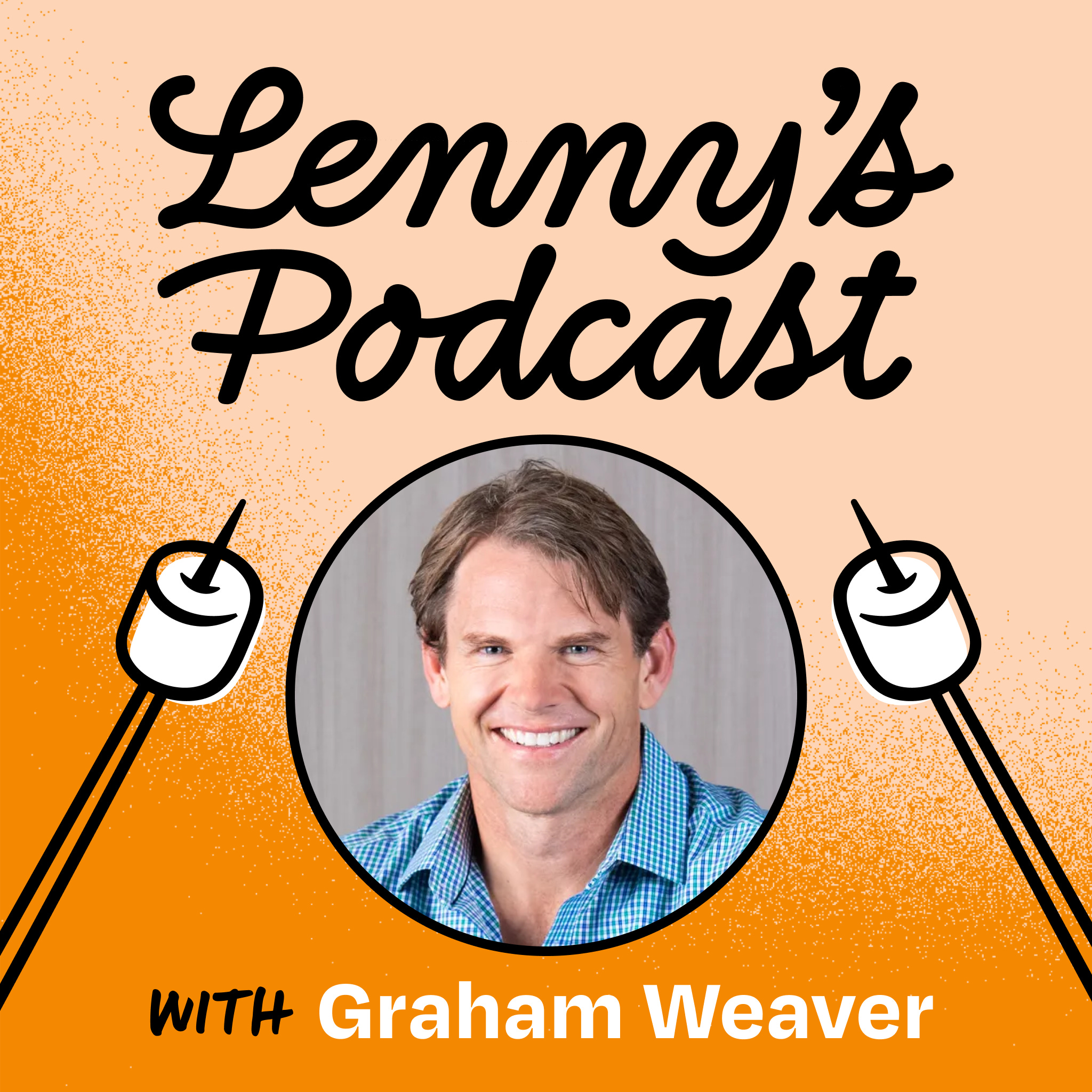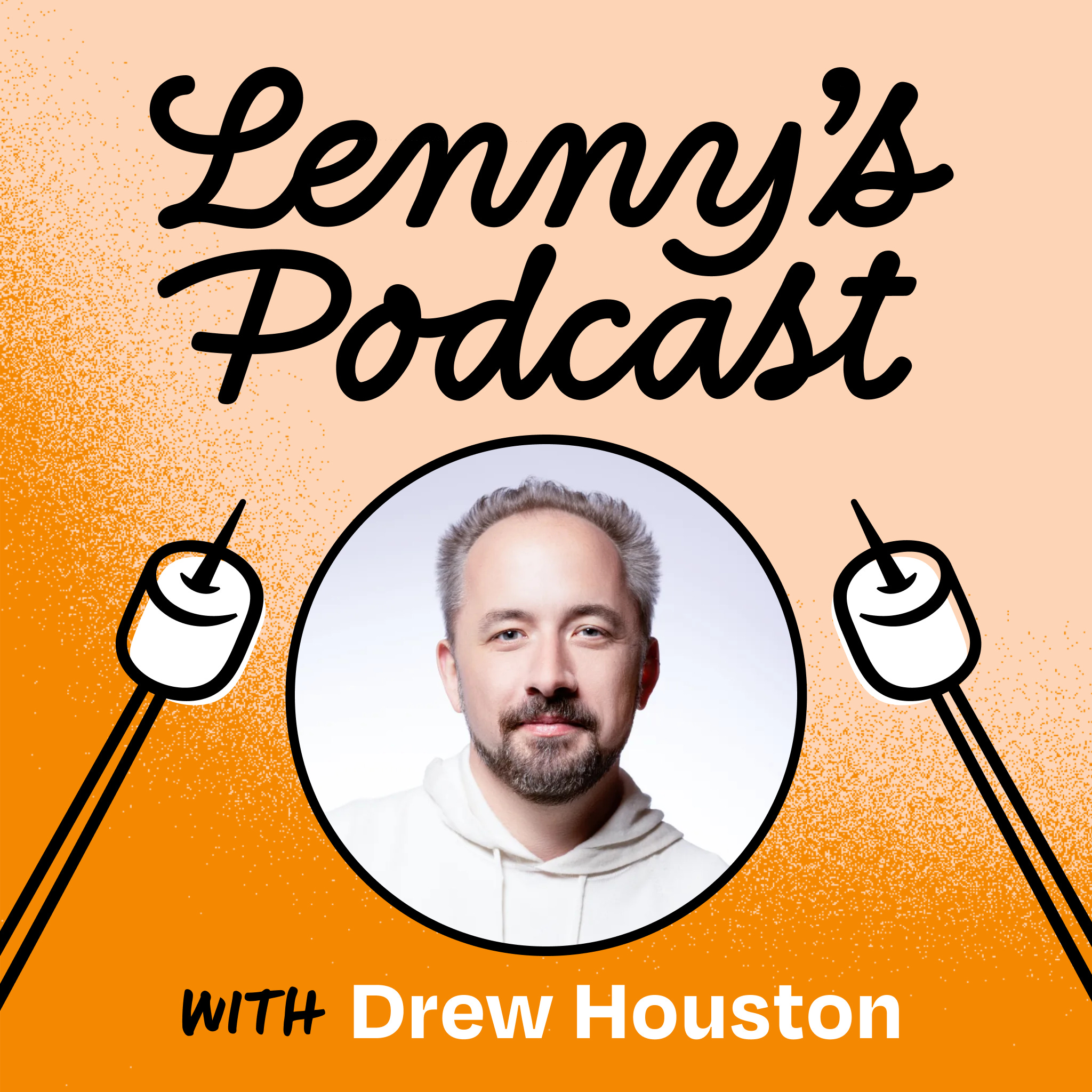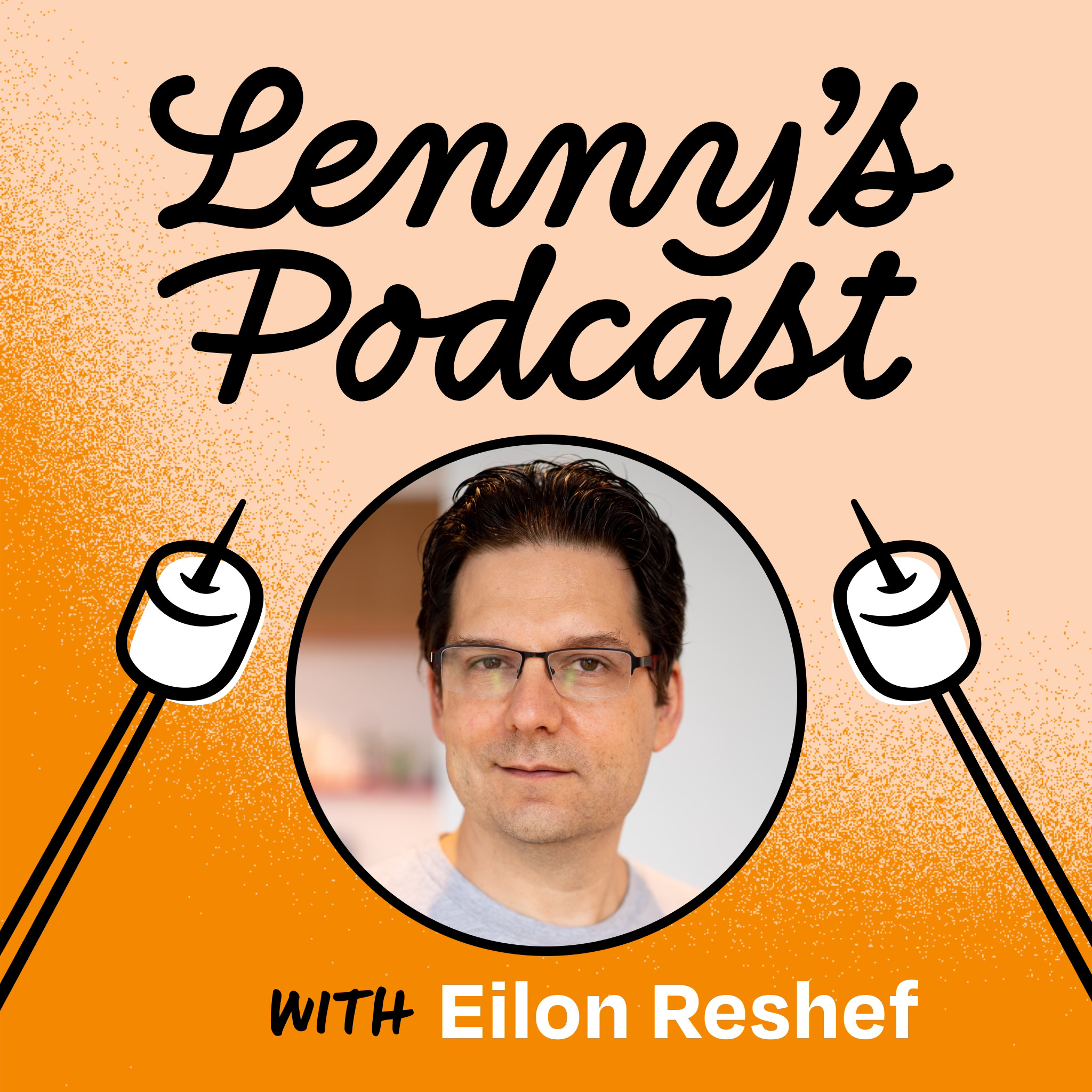
January 26, 2025 • 1hr 47min
An operator’s guide to product strategy | Chandra Janakiraman (CPO at VRChat, ex-Meta, Headspace, Zynga)
Lenny's Podcast: Product | Growth | Career
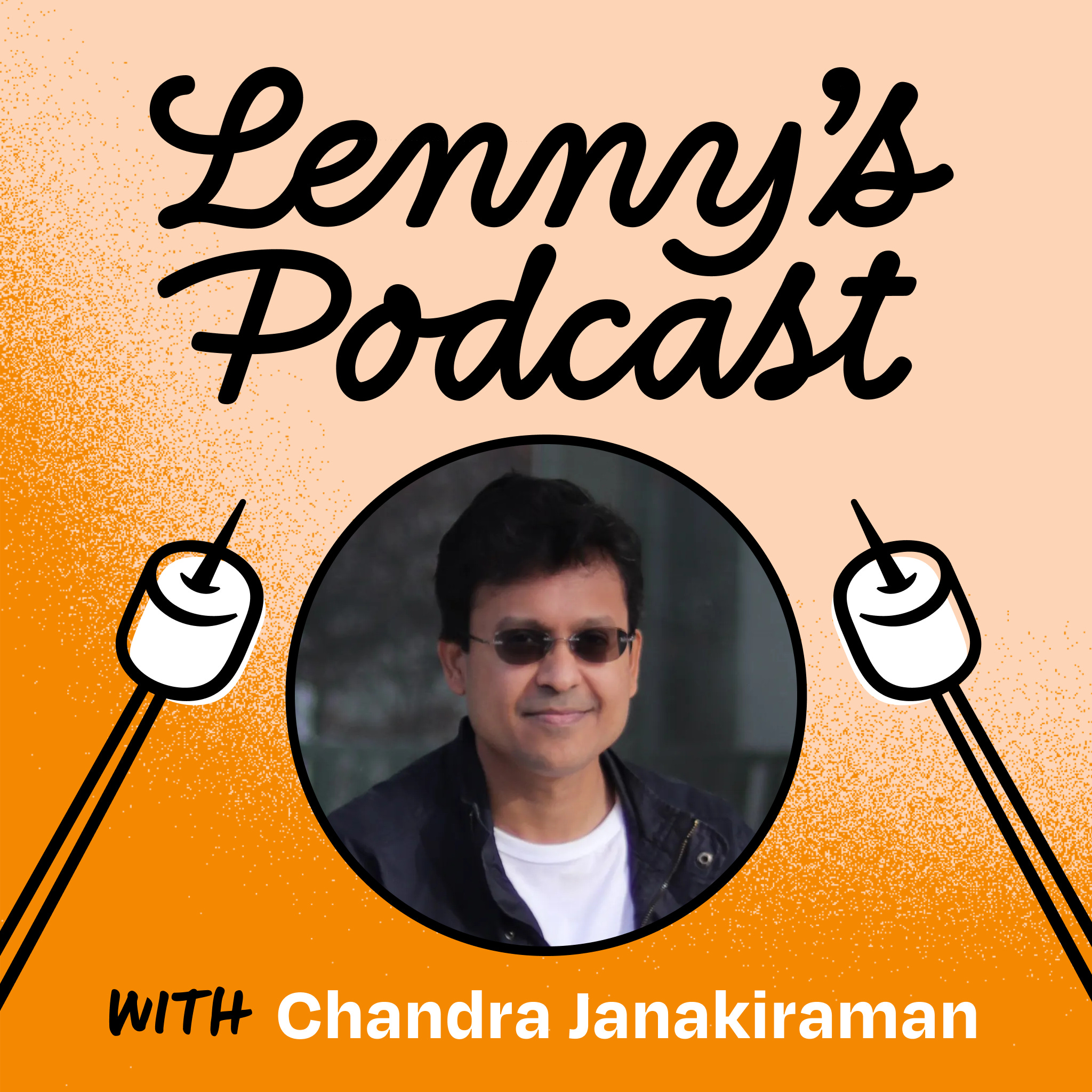
Key Takeaways
- Strategy Development Process: A reliable 8-12 week, 5-phase process for developing product strategy that includes preparation, strategy sprint, design sprint, document writing, and rollout
- Two Types of Strategy:
- "Small s" strategy: Focused on solving immediate problems with a 2-year horizon
- "Big S" strategy: More aspirational with a 5-10 year vision of the future
- Core Components of Strategy:
- 3 strategic pillars to focus on
- Areas explicitly not in focus
- Clear reasoning for both focus and non-focus areas
- Strategy Working Group: Cross-functional team including engineering, product, design and data that collaboratively creates the strategy
- Alignment is Critical: The process builds in extensive alignment through collaborative work and leadership interviews
- Testing & Iteration: Strategy has no inherent value until tested through execution - must be willing to pivot based on results
Introduction
Chandra Janakiraman, Chief Product Officer at VRChat, shares his "operator's guide" to developing product strategy, built from his experience at companies like Meta, Headspace, and Zynga. His approach combines best practices from established strategy frameworks into a practical, repeatable process that any product team can follow.
Topics Discussed
Origins of the Strategy Framework (5:53)
Chandra developed this framework after a pivotal moment at Headspace when he realized teams didn't understand why they were working on certain initiatives. This led to:
- Development of Headspace's first written product strategy
- Complete reimagination of the product from meditation app to broader wellness service
- Recognition that strategy development could be systematized rather than relying on innate talent
Defining Product Strategy (12:40)
Product strategy has three key components:
- Position: Sits between mission/vision and tactical plans/roadmaps
- Purpose: Forces choices about deploying scarce resources for maximum impact
- Components:
- Strategic pillars (areas of focus)
- Explicit non-focus areas
- Clear reasoning for both
The Preparation Phase (18:51)
The first and longest phase (4 weeks) involves:
- Form Strategy Working Group:
- Engineering, product, design, and data (minimum)
- Optional: Product marketing, user research
- Gather Key Inputs:
- Behavioral insights and analytics
- User research findings
- Leadership interviews
- Competitive analysis
- Adjacent team roadmaps
- User observations
The Strategy Sprint (30:46)
A 3-5 day intensive process that is the heart of strategy development:
- Day 1: Share out findings from preparation phase
- Day 2:
- Generate and cluster problems
- Convert problem clusters to opportunity areas
- Prioritize opportunities using key criteria:
- Expected impact
- Certainty of impact
- Clarity of levers
- Uniqueness/differentiation
- Select top 3 strategic pillars
- Day 3: Develop winning aspiration through newspaper headline exercise
The Design Sprint (45:51)
A week-long process led by design to:
- Generate illustrative concepts for each strategic pillar
- Create tangible examples of how strategy could manifest
- Not focused on specific feature designs but broader concepts
- Optional user testing of concepts
Document Writing and Rollout (51:19)
The final phases include:
- Document Writing (1-2 weeks):
- PM synthesizes all inputs into cohesive narrative
- 3-4 pages plus appendices
- Includes context, insights, pillars, and winning aspiration
- Rollout (2-3 weeks):
- One-on-one alignment with key gatekeepers
- Broader stakeholder reviews
- Team roadshows in small groups
Big S Strategy (1:15:55)
A separate, more aspirational approach that:
- Takes up to 6 months
- Focuses on 5-10 year future vision
- Led by design/UX research teams
- Includes:
- Analysis of long-term trends
- Generation of distinct future scenarios
- Creation of concept prototypes
- User research and testing
AI's Role in Strategy (1:26:58)
AI can enhance strategy development through:
- Current Applications:
- Research assistance in preparation phase
- Competitive analysis
- Generation of mock strategies as input
- Future Potential:
- Multi-agent systems for different strategy components
- Automated experimentation and optimization
- Enhanced pattern recognition across multiple signals
Conclusion
The framework provides a systematic approach to strategy development that:
- Makes strategy development accessible to any product team
- Builds alignment through collaborative process
- Combines both immediate problem-solving and long-term vision
- Must be validated through execution and adjusted based on results
